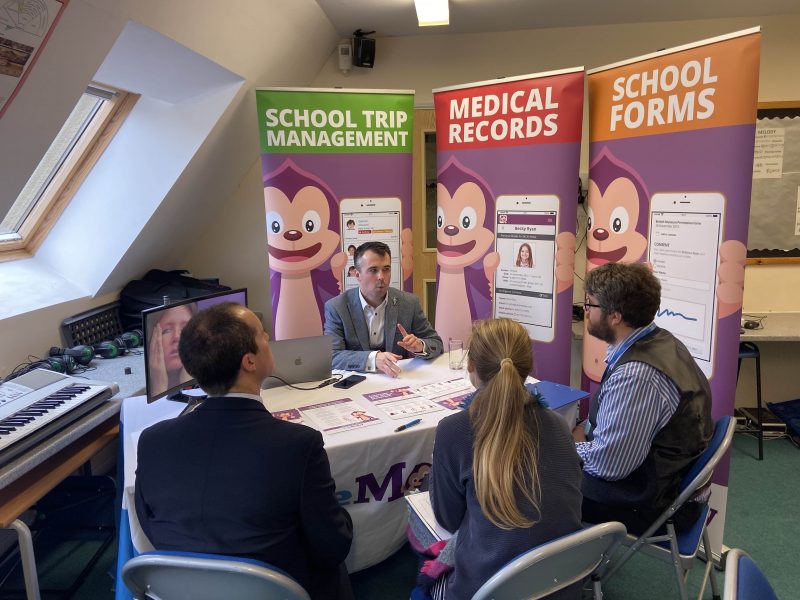


How can you sum up planning for CPD?
Let’s give it a try…
Imagine taking a tub of Marmite and mixing it with jigsaw pieces, trying to gather everything together and interlock the pieces all whilst the Tetris theme is playing in your head. For effective CPD to take place, there is a clear need to firstly recognise the following:
When carefully considered based on the needs of your cohort, CPD can be a beacon of light for all practitioners. It can encourage deeper inquiry and personal development; pushing your colleagues to reflect, evaluate and innovate their classroom practice. Let’s face it when done properly, CPD empowers, but if ineffective, CPD can deskill and disengage.
So, what can we do?
The first step is to know your audience. Think about when you’re planning a lesson, although it’s rarely spoken about (a taboo comparison some might say), staff bodies are often like classes. Perfecting your CPD approach relies on first recognising how colleagues will react. Please note, that this isn’t a sarcastic remark about the behaviour of any staff cohort. It’s not talking about the fact that, in any one session you can guarantee that you’ll have; the staff who are talking amongst themselves; those catching up on eating their dinner; those turning up late whilst others eagerly jot
down everything being said; those answering all of your questions and those with a look of seeming disapproval at what you’re presenting. It’s more about how people process and reflect on the information being presented to them.
One strategy that can be taken into consideration when planning your CPD is actually based on the same method that is used to understand sales through buyer identification. In this strategy, people can be grouped into four separate categories.
Active colleagues can be summarised as;
Those colleagues who are keen to explore their own professional development strategies. They are pro-active in their research; always wanting to expand on their skills and are willing to support in developing others. These colleagues are:
Potential Colleagues are slightly more reserved in their approach. They are colleagues who have demonstrated that they are extremely capable and are specialists in their field. They may not be as ‘hands-on’ when introducing initiatives or approaches, but they are able to adopt these strategies successfully when they present a ‘buy-in’ mindset.
Reluctant colleagues may prove slightly trickier to engage with any new strategies or approaches, particularly to ways of working. They are not necessarily defensive, but may require more support and explanation to develop their comprehension and reasoning. These colleagues:
Finally, central colleagues are those who are able to complete their job description and do so to the best of their abilities. These colleagues may not show a desire to progress professionally, but that does not mean that they should be disregarded. Instead, these are the colleagues that are central to the efficient running of the school. When supporting these colleagues, it is important that you:
When you begin to recognise that the accurate and honest preparation and introduction of your intent are what will fundamentally drive your implementation, CPD becomes what it is meant to be for everyone.